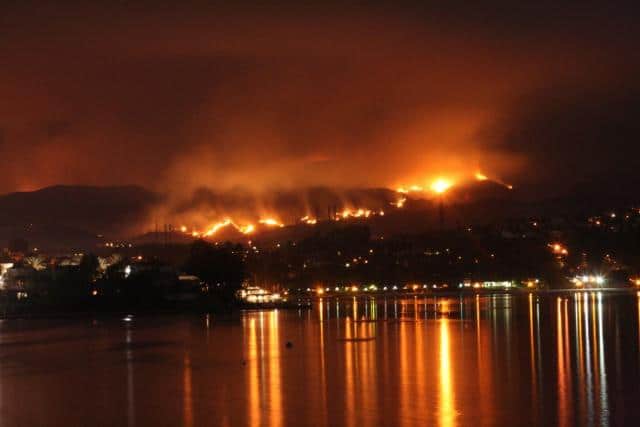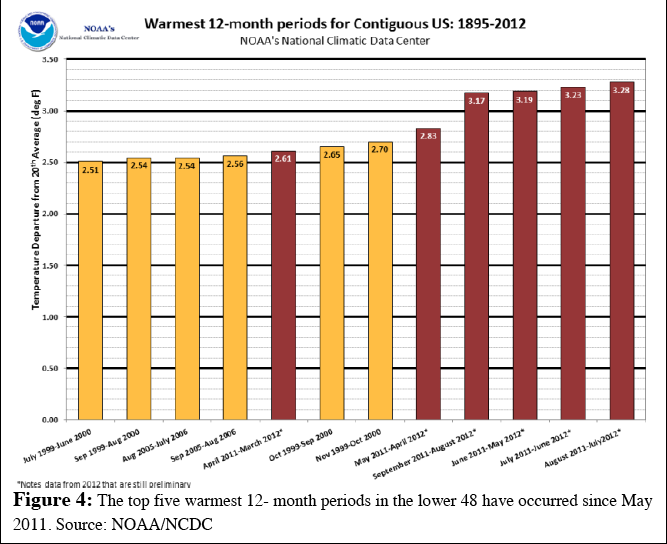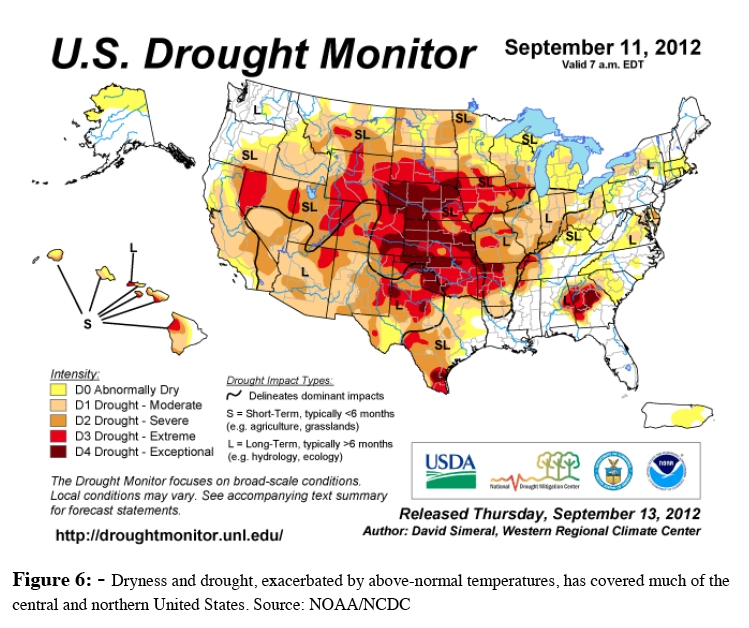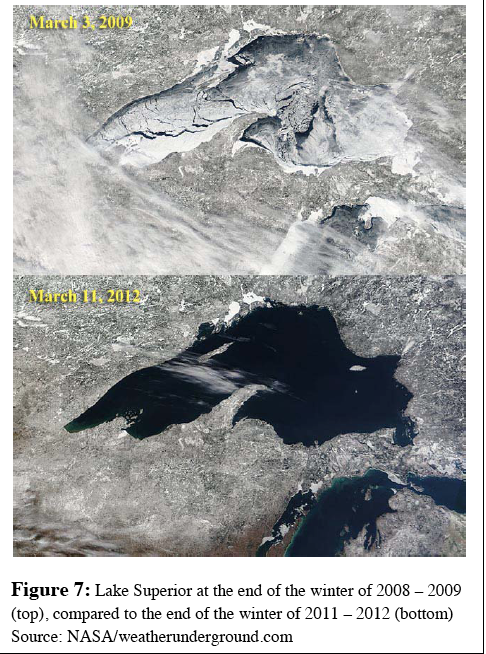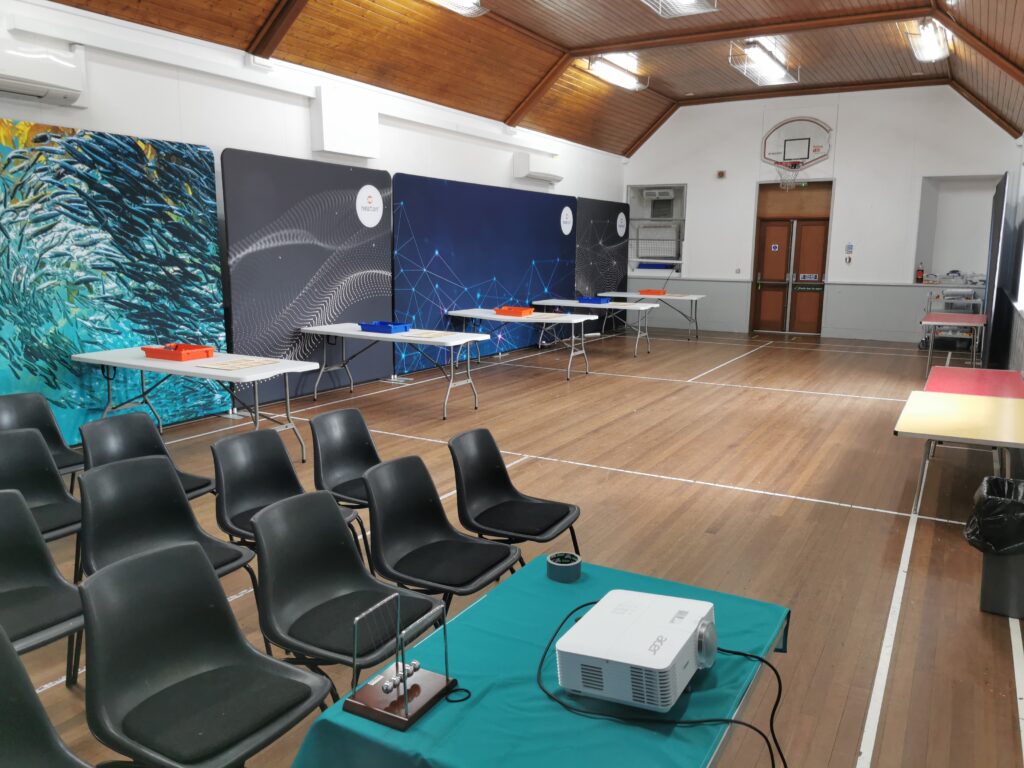Ranking members of the House Committees on Natural Resources and on Energy and Climate released a joint report earlier this week that traces the imprints of climate change on recent extreme weather patterns.
With Going to Extremes: Climate Change and the Increasing Risk of Weather Disasters (pdf), Representatives Ed Markey (D-MA) and Henry Waxman (D-CA) continue to forge ahead in their roles as the most outspoken and honest members of the House when it comes to climate change. Unfortunately, they stand alone even in the critical committees on which they sit: the report includes a front page disclaimer that it “has not been officially adopted by the Committee on Natural Resources or the Committee on Energy and Commerce and may not necessarily reflect the views of its Members.”
Going to Extremes opens with a quote by University of Arizona climatologist Dr. Jonathan Overpeck:
“This is what global warming looks like at the regional or personal level. The extra heat increases the odds of worse heat waves, droughts, storms and wildfire. This is certainly what I and many other climate scientists have been warning about.”
It then proceeds to catalog the worst of the devastating weather trends of late, connecting the dots between these impacts and the greenhouse effect.
The report also emphasizes the costs of this extreme weather. Citing Aon Benfield, a global reinsurance company, the insured losses alone associated with these weather disasters have already total over $22 billion through July, and that number doesn’t include all of the summer’s wildfires, nor all of the drought’s impacts, which are expected to add billions more. When all is said and done, the total costs of 2012 extreme events “are expected to be significant and may rival the record-breaking $55 billion from 2011.”
Looking just at 2012, the report places these impacts into five categories. Here are the findings distilled down, as well as a few choice graphics, but it’s well worth leafing through the original report itself.
Extreme Temperatures
- July was the hottest month ever recorded in the continental United States. Some areas were up to 8° F warmer than average.
- Spring 2012 in the continental United States significantly surpassed any historical records for the hottest spring and most extreme season of any kind, according to NOAA‘s National Climatic Data Center (NCDC).23 With the warmest March, third warmest April, and second warmest May, the spring season was approximately 5.2°F above average—the largest temperature departure from the average of any season on record for the lower 48 states.
- January through August 2012 was the warmest first eight months period for the lower 48 states, breaking the previous record set in 2006 by 1°F.
- For the continental United States, the August 2011-July 2012 period was the warmest 12-month period since recordkeeping began in 1895. This broke the record set in June 2012 which in turn broke the record set in May 2012 which in turn broke the record set in April 2012.
- Temperature observations show that through late June 2012, daily record highs were outnumbering record daily lows by a ratio of 9-to-1.
Drought
- As of early September, 64% of the continental United States was experiencing drought. The extent of drought in July, August and September 2012 is on par with the worst months of the multi-year droughts of the 1930s Dust Bowl and the mid-1950s… By the beginning of August, over half the counties in the United States had been designated disaster zones because of the drought.
- The combination of heat and dryness has severely reduced the quality and quantity of the corn and soybean crop, with 51% of the corn and 38% of the soybeans rated as poor or very poor as of August by the U.S. Department of Agriculture.
Wildfires
- This fire season over 8.6 million acres have burned in the United States, an area about the size of New Jersey and Connecticut combined.
- In particular, Colorado suffered the worst fires in the state’s history in July. Overall, the wildfires in Colorado destroyed 600 homes, killed 6 people, and caused approximately $500 million in property damage.
- Wildfires in the United States are already increasing due to warming. In the West, there has been a nearly four-fold increase in large wildfires in recent decades, with greater fire frequency, longer fire durations, and longer wildfire seasons. This increase is strongly associated with increased spring and summer temperatures and earlier spring snowmelt, which have caused drying of soils and vegetation.
Storms
- The powerful “derecho” storm system in early July left a trail of death, destruction and downed power lines from Illinois to Virginia, killing at least 23 people, leaving over 3.7 million people without power during extreme heat, and causing hundreds of millions of dollars in damages.
- In late June, Tropical Storm Debby slowly traversed Florida, dropping over a foot of rain, causing the state to have its wettest June on record.
- At the end of August, Hurricane Isaac became the first hurricane to make landfall along the Gulf Coast since 2008. The Category 1 storm caused multiple days of torrential rainfall and a storm surge up to 15 feet in places…The storm caused at least seven deaths and total economic losses are expected to be in the billions of dollars.
- Rainfall from Hurricane Isaac contributed to Louisiana and Mississippi experiencing their second wettest August on record and to Florida experiencing its wettest summer ever.
Extreme Water Levels and Temperatures
- Drought in the Mississippi watershed has caused near-record low river levels in places, reducing vital barge transportation and harming aquatic life…The low water levels have forced five harbor closures in Tennessee, Missouri, Arkansas and Mississippi, and the low water levels are expected to continue into October.
- Heat and low water are causing tens of thousands of fish to die in Midwestern rivers and lakes.
- In July, water temperatures in the Great Lakes reached temperatures typically seen in late August or early September with three buoys recording temperatures of 60 and 65°F, more than 10-degrees warmer than the same time last year.
- Lake Superior which is the northernmost, coldest, and deepest of the five Great Lakes, was the warmest it has been in July in at least a century.
- Satellite photos show that only about 5% of the Great Lakes surface froze this winter, compared to the average 40% that is covered by ice in a typical winter…The declines in ice cover follow increases in temperatures. Winter air temperatures over the lower Great Lake increased by about 2.7°F (1.5°C) from 1973 – 2010, and by 4 – 5°F (2.3 – 2.7°C) over the northern Lakes, including Lake Superior.
- During the first six months of 2012, sea surface temperatures in the northeastern Atlantic were the highest ever, breaking a record that goes back to 1854.
After cataloging this year’s weird and disastrous weather, the report reminds us that this comes after another record-breakingingly disastrous year. In 2011, there were an unprecedented 14 weather and climate disasters that caused over $1 billion in damages.
The latter half of the report looks forward, suggesting that even these extreme years are just the tip of the climate disaster iceberg. Layering climatic predictions from the best available science against national trends, it warns of dire economic and human impacts in a future where weather systems are “juiced” by a warming climate. It concludes with a blunt and conclusory statement that is far too rare in contemporary climate discourse, and practically absent inside the Beltway:
All weather events are now impacted by climate change to some degree because the underlying conditions that give rise to weather have been changed. Climate change has contributed to shattered records and unprecedented weather catastrophes, like those the United States has experienced this summer.
Photo: laura*b
Subscribe to our newsletter
Stay up to date with DeSmog news and alerts


